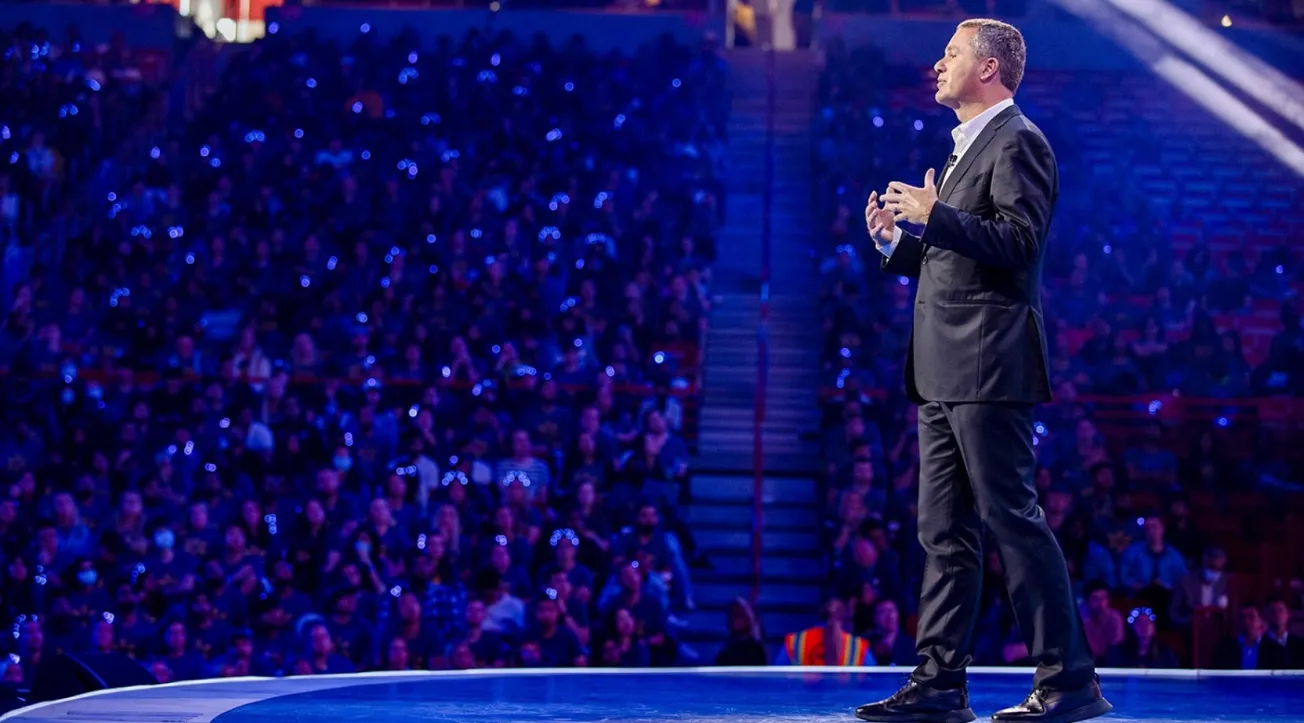WASHINGTON — Retail sales this year will increase between 2.5% and 3.5% from 2023 levels, according to the latest forecast from the National Retail Federation (NRF), which foresees sales rising to between $5.23 trillion and $5.28 trillion.
“The resiliency of consumers continues to power the American economy, and we are confident there will be moderate but steady growth through the end of the year,” Matthew Shay, president and chief executive officer of NRF, said in releasing the forecast. “Successful retailers offer consumers products and services when, where and how they want to shop, with prices they want to pay.”
NRF’s 2024 sales forecast compares with 3.6% annual sales growth and a total of $5.1 trillion in sales in 2023. The estimate for this year is in line with the 10-year pre-pandemic average annual sales growth of 3.6%. NRF forecasts that non-store and online sales, which are included in the total figure, will increase between 7% and 9% year over year to a range of $1.47 trillion to $1.50 trillion. That compares with non-store and online sales of $1.38 trillion in 2023.
NRF expects gross domestic product (GDP) growth of about 2.3% this year, down from last year’s 2.5% but sufficiently robust to sustain job growth.
The federation said it expects the rise in consumer prices to moderate to a rate of 2.2% on a year-over-year basis as the economy cools, the labor and product markets come into better balance, and housing costs retreat.
“The economy is primarily supported by consumers who have shown much greater resilience than expected, and it’s hard to be bearish on the consumer,” NRF chief economist Jack Kleinhenz said. “The question for 2024 ultimately is, will consumer spending maintain its resilience?”
A tight labor market, with its robust job growth and wage gains fueling consumer spending, is expected to cool in 2024. With the pace of the economy slowing in 2024, NRF expects about 100,000 fewer jobs per month on average compared with 2023, and the unemployment rate is expected to average 4% for the full year.
Kleinhenz also noted that consumer balance sheets and debt servicing levels remain in good condition. Rising home and stock prices in 2023 likely stimulated greater consumer spending via the so-called wealth effect, and this should continue in 2024. Several surveys reveal that consumers appear to have a favorable outlook, which should also support their willingness to spend. Yet many consumers are feeling a pinch from tighter credit and inflation.
Kleinhenz expanded on his thoughts about consumers’ financial health and willingness to spend in the April issue of NRF’s Monthly Economic Review.
“No one can accurately forecast what surprises the next year might hold, but the foundation of the economy is relatively sturdy and still on a sustainable path,” Kleinhenz said, noting that the continuing recovery remains “highly reliant” on consumer spending.
“Barring unexpected shocks, it should continue growing in 2024, although not spectacularly.”
He added: “No one could have imagined when the COVID-19 recession ended in April 2020 that we would have experienced such a resilient expansion that is now headed toward its fifth year.”
Federal Reserve policy makers in March forecast that they will cut interest rates three times this year, but made it clear that they first want to see further evidence that inflation is cooling.
The Consumer Price Index for March climbed 3.8% on an annual basis after food and fuel prices were stripped out. That “core” index was stronger than the 3.7% increase economists were expecting.
Counting in food and fuel, the inflation measure climbed 3.5% in March from a year earlier and was up from February’s 3.2%.
NRF said it is watching payroll and income data “very closely” since the slower job and wage gains are key factors behind the slower growth outlook for the economy and consumer spending.
While wage growth should ease toward 3.5% by the end of the year and employers should create about 100,000 fewer new jobs each month, NRF noted that disposable personal income was up 4.1% year over year in February.
Rising home and stock prices outpaced the rate of inflation in 2023, helping boost household wealth by 8% year over year in the fourth quarter and stimulating consumer spending via the wealth effect, which should carry over into 2024, according to NRF projections.
And while many consumers are feeling a pinch from tighter credit and inflation, the Federal Reserve Bank of New York reported in February that more consumers said it was easier to access credit than a year ago, and the University of Michigan said consumer confidence reached its highest level since July 2021.







